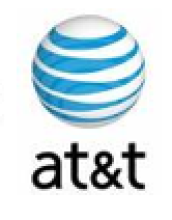By
on

In a Q&A following a speech at the National Association of Regulatory Utility Commissioners, AT&T CEO Randal Stephenson candidly called DSL obsolete. This echoes not only our view, but that of hundreds of communities who have built their own networks upon realizing they cannot be competitive in the modern world with DSL.
Interestingly, AT&T still has millions of customers that use its DSL product. And it has announced its super-DSL offering called U-Verse is finished -- no doubt surprising many state-house policymakers that AT&T had convinced they would invest in communities.
The context of his comment was that DSL is no longer competitive with cable in broadband capacity (and often reliability) -- something we documented in our video comparing different types of networks. We would argue that U-Verse itself is not competitive with cable due to its greatly constrained upstream speeds -- even worse than cable networks typically experience.
So, to recap -- we have yet another admission from the private sector that it is delivering obsolete broadband services to our communities. How can there be any surprise that so many more communities are considering building their own networks to create economic develop, increase quality of life, and generally be competitive in the digital economy.
If AT&T can barely keep up with the investment necessary for our communities, how can far less profitable companies like CenturyLink and Frontier? They can't. But that doesn't stop them from advertising the hell out of their obsolete networks. Smart communities will choose self-determination rather than betting on last-generation networks run by distant, unaccountable corporations.







